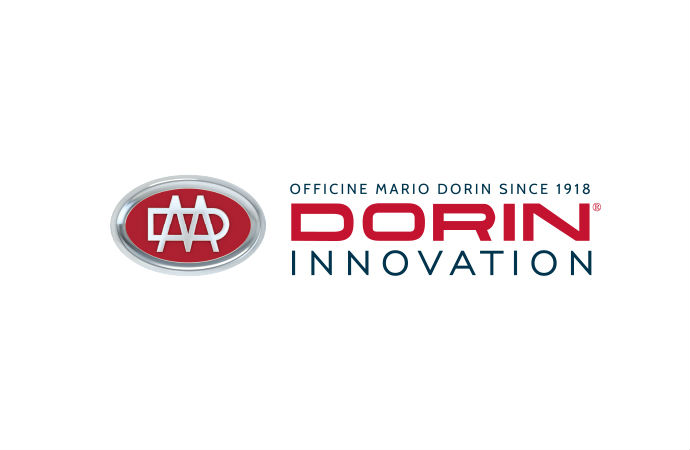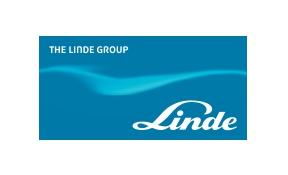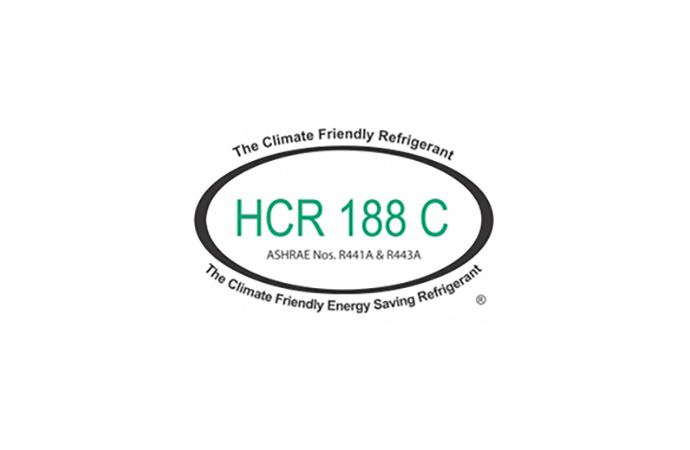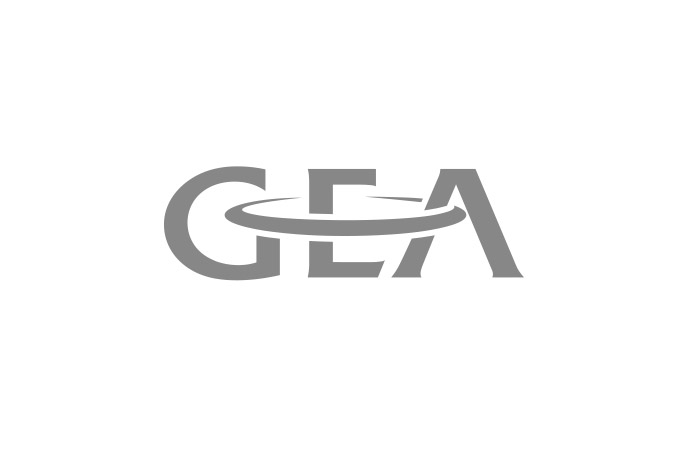In the framework of the "Ozone2Climate Technology Road Show" held last week in the Maldives, a presentation by Daniel Colbourne, Consultant for GIZ Proklima, discussed the types, causes and ways of overcoming the barriers to using low global warming potential alternatives such as hydrocarbons as replacement for hydrochlorofluorocarbons (HCFCs) in developing countries.

The current “default” replacement of HCFCs in most refrigeration and air-conditioning (RAC) equipment is hydrofluorocarbons (HFCs). However, these have on average a higher global warming potential (GWP) than HCFCs, which could therefore increase the equivalent emissions of greenhouse gases from this sector if directly substituted. Although alternative options with low-GWP, including hydrocarbons (e.g. R290, R600a), ammonia (R717), carbon dioxide (R744) and new unsaturated HFCs can be used across a wide range of RAC equipment, they are not generally applied.
In that light, the United Nations Environment Programme (UNEP), as part of its EU-funded “Jump-Start” project, initiated a study to look at barriers to the uptake of low-GWP refrigerants, including hydrocarbons, in developing countries.
Daniel Colbourne, consultant for GIZ Proklima and author of the UNEP study, discussed the report findings in the context of an industry roundtable on zero and low GWP HCFC replacement options during the "Ozone2Climate Technology Road Show" organised from 8 to 12 May 2011 by the Government of the Maldives in conjunction with UNEP, GIZ Proklima and other organisations.
The main barriers as identified by stakeholders in developing countries
The general approach for the study was through asking stakeholders within a variety of developing countries (Article 5 countries under the Montreal Protocol) about the types, causes and ways of overcoming barriers to using low-GWP technologies. The most significant barriers are considered to be:
9 fields of action to encourage uptake of low-GWP technologies in developing countries
Based on stakeholder input received, nine fields where opportunities lie for encouraging uptake of low-GWP alternatives were identified. For each, general recommendations were extracted
Examples of projects aimed at overcoming barriers
The presenter then discussed a number of projects undertaken by GIZ Proklima to support the uptake of low-GWP refrigerants in Article 5 countries and help overcome barriers. Many of the projects involve hydrocarbon technology:
In that light, the United Nations Environment Programme (UNEP), as part of its EU-funded “Jump-Start” project, initiated a study to look at barriers to the uptake of low-GWP refrigerants, including hydrocarbons, in developing countries.
Daniel Colbourne, consultant for GIZ Proklima and author of the UNEP study, discussed the report findings in the context of an industry roundtable on zero and low GWP HCFC replacement options during the "Ozone2Climate Technology Road Show" organised from 8 to 12 May 2011 by the Government of the Maldives in conjunction with UNEP, GIZ Proklima and other organisations.
The main barriers as identified by stakeholders in developing countries
The general approach for the study was through asking stakeholders within a variety of developing countries (Article 5 countries under the Montreal Protocol) about the types, causes and ways of overcoming barriers to using low-GWP technologies. The most significant barriers are considered to be:
- Availability: There are no systems using low-GWP refrigerants available to buy
- Incentives: There is nothing to incentivise enterprises to invest in low-GWP technology
- Investments: No one is willing to invest in production of systems, parts, components and refrigerant
- Testing: Consultants developing HCFC phase-out management plans (HPMPs) are not recommending low-GWP refrigerants for projects
- Restricted Use: The rules for using low-GWP refrigerants are too restrictive to allow their use
- Safety: There is a general fear of the safety risks
9 fields of action to encourage uptake of low-GWP technologies in developing countries
Based on stakeholder input received, nine fields where opportunities lie for encouraging uptake of low-GWP alternatives were identified. For each, general recommendations were extracted
- Awareness-raising: Highlight the importance of the (climate) problem and the possibilities of (low-GWP) options available
- Training: Critical to adopt dedicated training – specific to each individual low-GWP alternative and specific to application/end use
- Guidance: High quality guidance of what low-GWP alternative, when, where and how; also targeted to specific stakeholder groups
- Technical development: Reducing refrigerant charge sizes and employing safety control mechanisms for systems using flammable refrigerants, such as hydrocarbons; improving efficiency of R744 AC systems for warm climates
- Market development: Stimulate industry involvement with low-GWP alternatives; encourage local manufacturing, develop product directories, etc
- Financial incentives: Subsidies for using low-GWP, tax incentives for low-GWP / tax disincentives for high-GWP
- Regulatory infrastructure: Impose better control of industry to work safely, modify regulations that inhibit low-GWP alternatives, ensure safety standards are constructive
- Montreal Protocol substantive issues: Decision-making bodies to introduce more incentives; HPMP consultants should be better assisted to embrace low-GWP alternatives
- Lobbying on high/low-GWP issue: Environmental non-governmental organisations (ENGOs) to more actively lobby on the high/low-GWP issue
Examples of projects aimed at overcoming barriers
The presenter then discussed a number of projects undertaken by GIZ Proklima to support the uptake of low-GWP refrigerants in Article 5 countries and help overcome barriers. Many of the projects involve hydrocarbon technology:
- China - Demonstration project of production of climate-friendly hydrocarbon air conditioners: The project introduces hydrocarbon refrigerant to the production of room air-conditioning systems using at Gree Electric Appliances Inc. The conversion to hydrocarbons will enable the manufacturer to develop experience of handling production and design of hydrocarbon air conditioners
- Swaziland - Demonstration project of production of climate-friendly commercial refrigeration: The project introduces the production of stand-alone hydrocarbon commercial refrigeration units at Palfridge; Up to 40% improvement in energy use
- China - Action plan to implement flammable refrigerants in air conditioning sector: Development of plan in collaboration with industry for widespread use of low-GWP flammable refrigerants, such as hydrocarbons. It includes development activities, training, standards and codes of practice.
- Southern Africa region - training on the use of hydrocarbons: Thorough, dedicated training-the-trainer to use hydrocarbons, increasing the confidence of technicians and ensuring that safety information does not get “lost”
- Maldives - Pilot installation of hydrocarbon air conditioners: The project introduces a large number of hydrocarbon air conditioners to the market, building acceptance and confidence of technicians, suppliers, end users and enthusing the market to new technology options.
MORE INFORMATION
Related stories



















